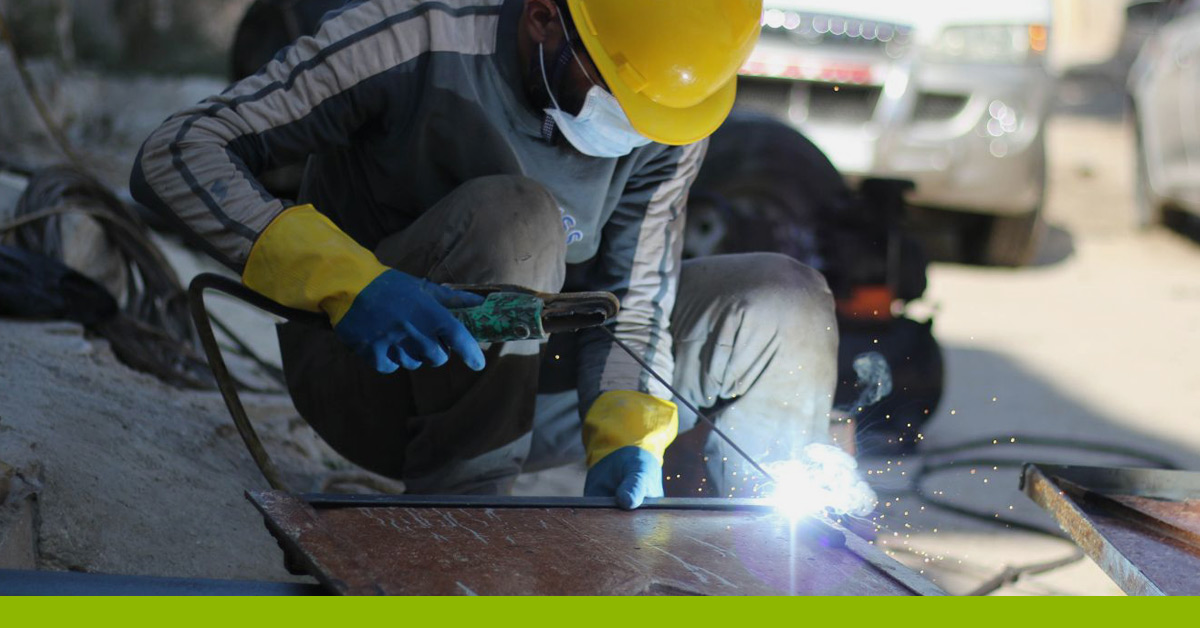Businesses to benefit from changes to the Skilled Migrant Category
You can listen to this automated AI version of the article here:
Contents:
The latest round of immigration changes that have just been announced will bring more certainty to both migrants and employers, as there will be a clearer and faster pathway to residence for highly skilled people.
This will help both employers and migrants with their long-term planning – as well as helping to attract more skilled migrants to New Zealand.
The immigration rebalance encompasses:
- A new points system for the Skilled Migrant Category Resident Visa;
- Accredited Employer Work Visa (AEWV) extended to a maximum of five years;
- No cap on highly skilled workers;
- Introduction of a Skilled Migrant Category Interim Visa.
1. New points system for the Skilled Migrant Category Resident Visa
A simplified points system will be introduced from 9 October 2023 that sets clear skills thresholds for residence via the Skilled Migrant Category (SMC).
Applicants will need at least 6 points to be eligible for the SMC Residence Visa. Points are allocated as follows:
- 3 to 6 points based on either:
- New Zealand occupational registration (see here for a list of eligible occupational registrations)
- Recognised qualifications (Bachelor’s degree or higher) – note that qualifications gained outside New Zealand may have to be assessed by the New Zealand Qualifications Authority. Find out if this is necessary for your qualification or not.
- Income from the job or job offer (earning at least 1.5 the median wage).
Note that points can only be claimed from one of the above skill indicators; it’s not possible to combine points from the different categories.
- 1 point per year of work in New Zealand in a skilled job, up to a maximum of 3 points.
All SMC applicants will need to have a job or job offer in New Zealand with an accredited employer for at least 30 hours a week, on a permanent contract or fixed-term contract for at least 12 months; and be paid at least the median wage. Read more about wage rate requirements for visas.
Workers who are already in New Zealand, or arriving soon, can start earning points for their experience to count towards the coming Skilled Migrant Category changes, ahead of the new requirements commencing.
The new SMC complements other pathways to residence, such as the Green List, for globally in-demand roles and occupations.
2. Accredited Employer Work Visa (AEWV) extended to a maximum of five years
From November 2023, there will be a maximum continuous stay of five years for AEWV holders who aren’t already on a pathway to residence. This applies to new visas – and existing visa holders can apply for a further visa to be able to stay for five years in total. Employers will not need to do a separate job check for this second AEWV if the person’s employment conditions remain the same.
Note that people who don’t meet the education, qualification, occupation, or wage thresholds for skilled residence pathways will need to leave New Zealand for 12 months before they can apply for another AEWV.
Read more about the Accredited Employer Work Visa.
3. No cap on highly skilled workers
The government has confirmed that there is no limit on the number of people who can get New Zealand residence through the Skilled Migrant Category Residence Visa.
Provided that the eligibility criteria are met, applicants will be able to get New Zealand residence if the visa application is accepted.
Immigration New Zealand aims to decide straightforward visa applications, which provide all the required information, within six to eight weeks.
4. Introduction of a Skilled Migrant Category Interim Visa
A Skilled Migrant Category (SMC) Interim Visa will be granted for applicants of the new SMC Residence Visa, where the current temporary visa expires while the application is processed. The SMC Interim Visa comes into effect the day after expiry of the existing visa, and will be issued as an eVisa with the appropriate duration and conditions.
This ensures that SMC Resident Visa applications are able to stay in New Zealand while their application is processed, and they will be able to travel in and out of NZ on the SMC Interim Visa.
Any conditions that apply to the current visa will also apply to the SMC Interim Visa.
What isn’t changing
All visa applicants still need to meet the same age, English language, health, and character requirements as previously.
Summary
VisaAide is pleased that the government has listened to the needs of New Zealand employers, to provide visa requirements and conditions that allow both migrants and employers to plan for the future with more certainty.
If you need advice or help with New Zealand visas, or are looking to employ skilled migrants, contact us.







